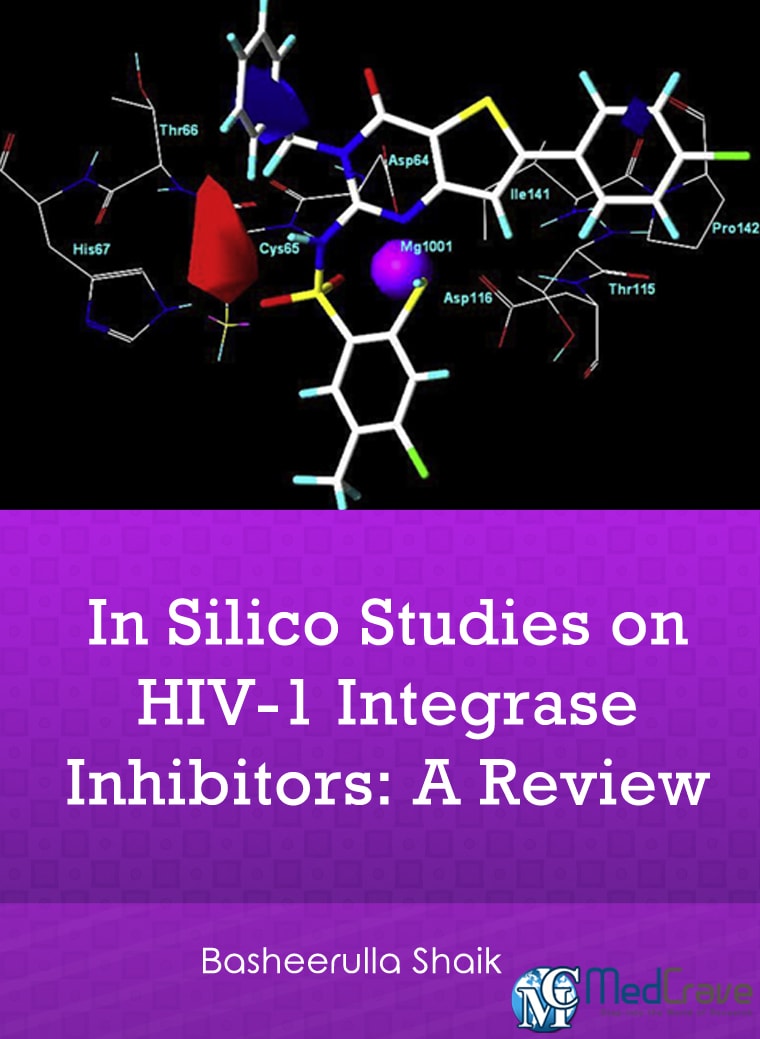eBooks View all | By AtoZ | By category
In Silico Studies on HIV-1 Integrase Inhibitors: A Review
By Basheerulla Shaik
National Institute of Technical Teachers Training, India
Published: Oct 31, 2016 | pg. no: 1-31
Abstract: Acquired immunodeficiency syndrome (AIDS) is a formidable pandemic that is still creating havoc world-wide. The curative agent of this disease has been found to be a virus called human immunodeficiency virus of type-1 (HIV-1). In the replicative cycle of HIV-1, the integration of the viral DNA into host chromosomes is an essential step that is catalyzed by the enzyme integrase (IN). Inhibition of this enzyme, therefore, provides an attractive strategy for antiviral drug development. Since integrase has no known structural analogue in human cells, it has been found to be a safer target than other targets to develop anti-HIV drugs. Several classes of compounds, such as oligonucleotides, curcumin analogues, polyhydroxylated aromatic compounds, hydrazides, amides, diketoacids, chalcones, etc., have been studied for HIV-1 integrase inhibition activity. To design and develop potent and effective IN inhibitors, several authors made quantitative structure-activity relationship (QSAR) studies on many classes of these IN inhibitors in order to provide the rationale for designing more potent drugs. This article presents a comprehensive, critical review on all QSAR studies reported so far in order to present an overall view on drug-receptor interaction and the important physicochemical properties of the molecules that govern their HIV-1 IN inhibition activity.
View eBook
